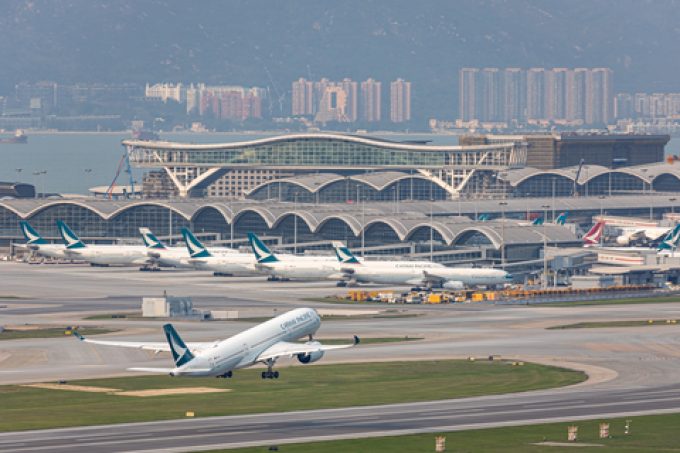Air cargo players want 'cohesion and consistency' in how aviation reports emissions
Current CO2 air cargo emission calculating methodology has been compared to the VW emissions scandal, ...

Cathay Pacific has introduced a carbon-offset programme, Fly Greener, to allow customers to offset their carbon emissions through projects in the Far East and Indian Subcontinent.
The cargo airline says the carbon-offset projects are third-party-validated by corporate sustainability consultant Gold Standard.
Cathay Pacific will deliver the calculations by waybill number, using the latest methodology from IATA: the Recommended Practice 1678 (RP1678).
“Multiple factors can lead to variance in the amount of emissions generated by a booked shipment,” said Simon Ng, CEO of Cathay ...
'Disastrous' DSV-Schenker merger would 'disrupt European haulage market'
'Chaos after chaos' coming from de minimis changes and more tariffs
List of blanked transpac sailings grows as trade war heats up and demand cools
Shippers in Asia restart ocean shipment bookings – but not from China
Forto 'sharpens commercial priorities' as it lays off one-third of staff
India withdraws access for Bangladesh transhipments, in 'very harmful' decision
'Tariff hell' leaves industries in limbo – 'not a great environment to plan'
Asian exporters scramble for ships and boxes to beat 90-day tariff pause
Temporary tariff relief brings on early transpacific peak season
Pre-tariff rush of goods from US to China sees air rates soar, but not for long
De minimis-induced ecommerce demand slump could cripple freighter operators
Forwarders 'allowing the fox into the chicken run' by supporting 'hungry' carriers
Hapag 'took the bigger risk' when it signed up to Gemini, says Maersk
'Restoring America's maritime dominance' – stop laughing at the back of the class
Navigating tariffs: 'like trying to solve a Rubik's cube while colour-blind'

Comment on this article